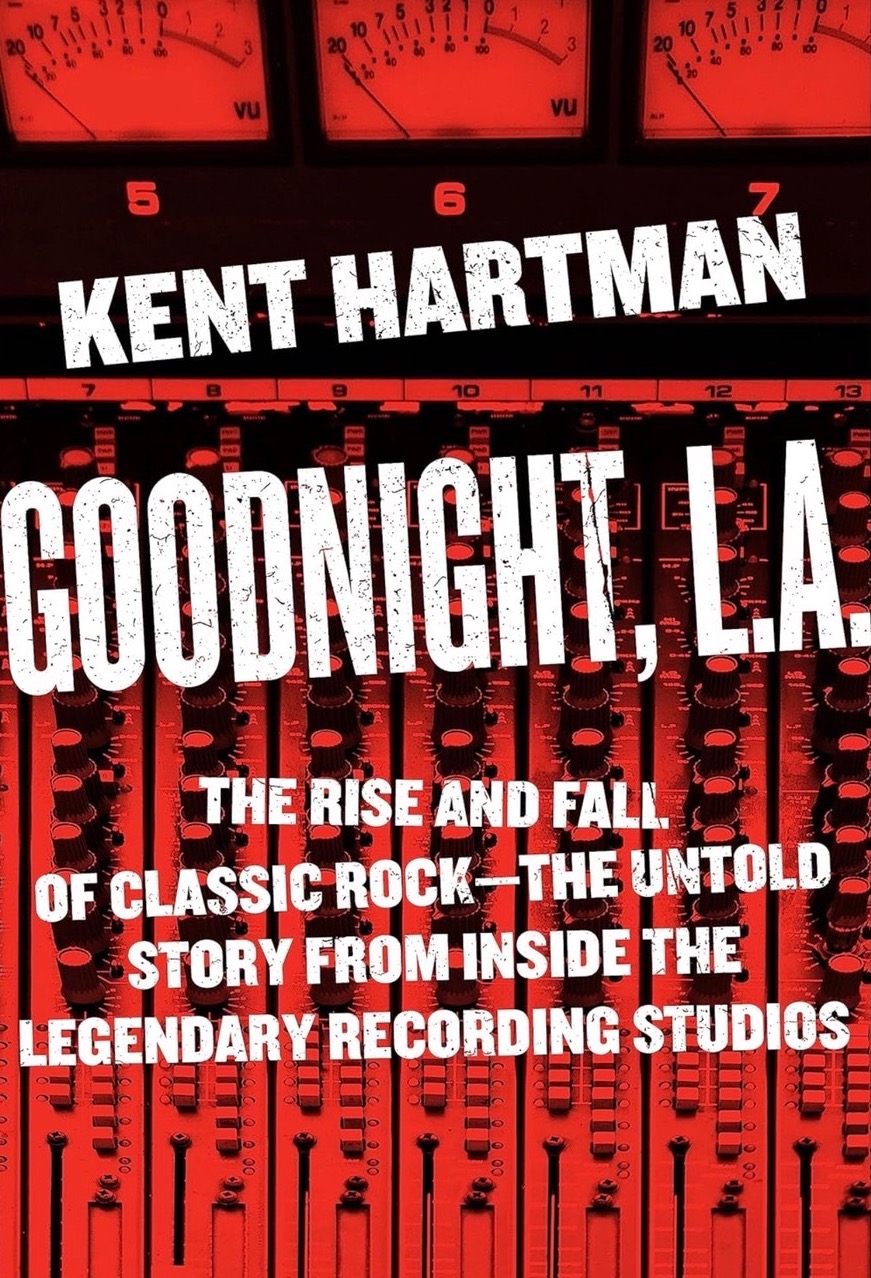John Marks’ Bookshelf for Lovers of Recordings #10
A DOZEN BOOKS REVIEWED, ONE A WEEK FOR THE NEXT TWELVE
Here are notes on a selection from my favorite books on the history of recording technology, the history of the record business, and the interactions between recording technology, the record business, and the art of music. One example of what I mean by all that is, in the late 1920s, piezoelectric “crystal” microphones supplanted carbon microphones for radio broadcasting.
Crystal microphones had a better signal-to-noise ratio than carbon microphones. Therefore, the live singers on radio could sing more quietly and intimately. They no longer had to shout to be heard. However, the quartz, mica, or other crystal elements were also more fragile than had been the carbon microphones. So, “shouters” like Al Jolson were out; and “crooners” like Rudy Vallee were in. (Trivia bit: Rudy Vallee graduated from Yale, with a degree in Philosophy.)
This list will be presented as a series of weekly installments. Rather than attempt to rank such diverse books from “Best” to “Somewhat Less Best,” this list is organized both chronologically and categorically. JM
The Bookshelf:
1. The Fabulous Phonograph, 1877-1977
2. The Label: The Story of Columbia Records
3. Do Not Sell at Any Price
4. The B Side: The Death of Tin Pan Alley and the Rebirth of the Great American Song
5. Something in the Air: Radio, Rock, and the Revolution That Shaped a Generation
6. Flowers in the Dustbin: The Rise of Rock and Roll, 1947-1977
7. Temples of Sound: Inside the Great Recording Studios
8. Making Rumours: The Inside Story of the Classic Fleetwood Mac Album
9. Backstory in Blue: Ellington at Newport ‘56
10. Goodnight, L.A.: The Rise and Fall of Classic Rock -- The Untold Story from inside the Legendary Recording Studios
11. A Love Supreme: The Story of John Coltrane’s Signature Album
12. The Vinyl Frontier: The Story of NASA s Interstellar Mixtape
9. Goodnight, L.A.: The Rise and Fall of Classic Rock-- The Untold Story from inside the Legendary Recording Studios
by Kent Hartman
Boston: Da Capo Press, 2017. Hardcover, 304 pp. ISBN: 030682437X.
This compelling book kicks off with a vignette from the time (in early 1969) when future mass murderer Charles Manson was trying to break into the music business, with support from the remarkably naïve Brian Wilson (of the Beach Boys). Wilson told Manson that he would pay for some demo recordings, but either there was some glitch, or Wilson changed his mind. Therefore, to encourage the studio to release the tapes to him, Manson pulled out his handgun and shot one of the studio’s metal cabinets.
Author Kent Hartman identifies 1969 as the point at which 45rpm singles and AM radio entered their irreversible declines, while “concept albums” and FM radio came into their ascendancies. Those major changes were fueled by the desire of recording artists to use their art to address social and personal issues in much more depth than songs like “Sugar, Sugar” and “I Think I Love You” would allow for.
Therefore, while Goodnight, L.A. does of necessity deal with both The Cowsills and Helen Reddy, the focus is on enduring Classic Rock legends such as Foreigner, Fleetwood Mac, Pat Benatar, Boston, the Eagles, the Grateful Dead, Chicago, Linda Ronstadt, Santana, Tom Petty and the Heartbreakers, Loggins and Messina, and REO Speedwagon.
To a degree, Kent Hartman seems to share some of Flowers in the Dustbin’s James Miller’s Weltschmerz over the dethroning of classic rock by disco, punk, hair-metal bands, rap, grunge, or whatever. That attitude is what it is, and you can take it or leave it. Regardless, this book is a page-turner, especially if you lived through those days. Highly recommended.










































.png)








